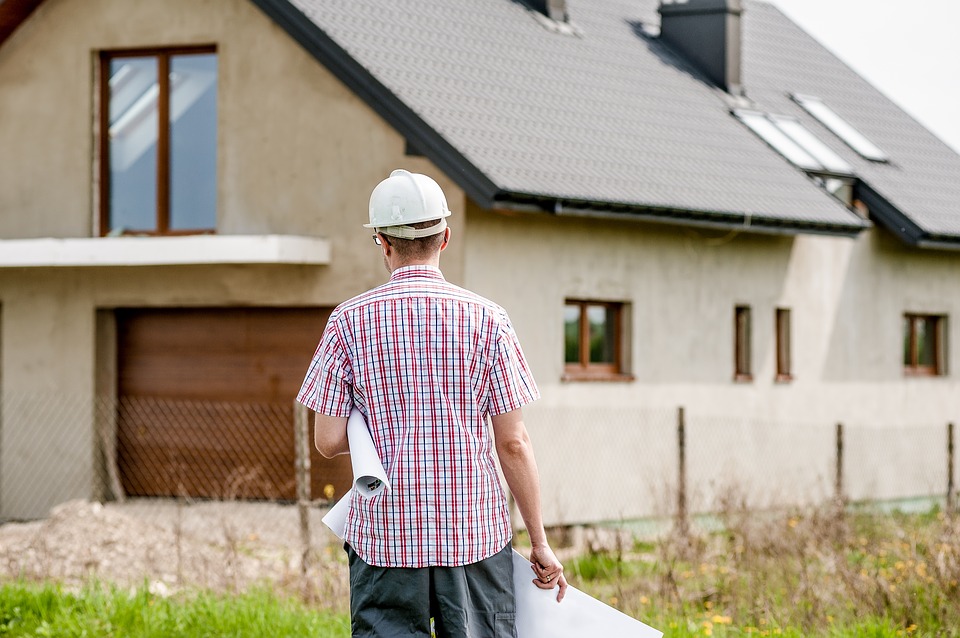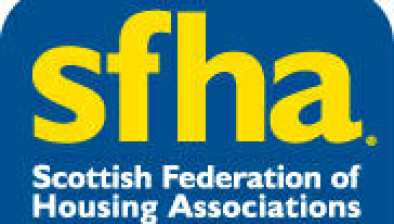SFHA details extent of rising costs of development
The average cost of developing a new build home in Scotland has increased by as much as 21% over the life of the last Parliament, research by the Scottish Federation of Housing Associations (SFHA) has revealed.

Overall, the research found that the average works cost per unit has increased from £114,000 in 2016/17 to £134-138,000 in 2020/21.
The SFHA said the report provides evidence of the rise in costs experienced by developing housing associations and co-operatives over the past five years, including those driven by the introduction of additional requirements around energy efficiency, fire safety and space standards.
The Cost of Compliance of report was commissioned in advance of the first meeting of the Scottish Government and COSLA-led review group looking at whether adjustments are required to the current set of benchmark assumptions which underpin the grant-funded element of the Affordable Housing Supply Programme.
In addition, it looks at the impact of rising costs not specifically associated with development - e.g. investment in existing stock and new regulatory requirements – but which have an impact on the levels of investment housing associations and co-operatives are able to make in new build. The impact of other issues, including Brexit and procurement reform, were also considered.
Key findings of the research, which included interviews with 10 different housing associations and co-operatives including small, large, rural/remote and urban, include:
- The cost of building new homes is rising, with tender prices increasing by up to 40-45% over the past five years. The cost of materials has increased significantly over the past year and there are signs that the combined impact of COVID-19 and Brexit is putting further pressure on labour and materials costs.
- The introduction of ambitious local design standards, such as the Glasgow Standard, is increasing costs by between 5-10% and 13-15%, whilst building to the Passivhaus standard can add 17.3% to the cost of a typical 2 bedroom property.
- Many RSLs are still in the process of understanding the cost implications of the Energy Efficiency Standard for Social Housing 2 (EESSH2), but those who have already assessed it indicate that it could add between £7-10,000 per unit to capital investment programmes, excluding replacement heating. The scale of investment required is driving some RSLs to consider the balance of their capital investment programmes, with the priority being ensuring existing stock meets required standards.
- New fire safety requirements for existing homes will increase installation/replacement costs and these new requirements are also having an impact on staffing costs, with a number of RSLs employing additional staff.
- There is concern amongst rural landlords that the cost of meeting EESSH2 and fire safety requirements could be higher in rural/island locations.
- It was felt that procurement reform had increased costs and complexity with little or no positive impact. There was also a perception that procurement reform was discouraging smaller contractors, leaving the sector increasingly reliant on a relatively small pool of larger contractors.
Commenting on the findings, SFHA chief executive Sally Thomas said: “This report demonstrates the scale of the additional costs experienced by our developing members in the last five years. A large percentage of these costs has been driven by increasing standards, including in energy efficiency and fire safety.
“It is clearly right that the Scottish Government has introduced higher standards in pursuit of Scotland’s targets for net zero and of course to ensure the safety of tenants, which remains of paramount importance to SFHA’s members.
“However, it is also clear that the grant benchmarks system must be reviewed in order to reflect the additional costs set out in our report, to ensure RSLs are able to continue to deliver the safe, warm and affordable homes the Scottish Government describes in its Housing to 2040 strategy.
“Grant is an investment in affordable housing, not a subsidy. We do not highlight increasing costs simply to ask for more money; what we are doing is making the case for sufficient investment to allow our members to deliver the affordable housing required to address the backlog of need in Scotland.
“The benefits of doing so are well evidenced, including in our 2020 report, The Impact of Social Housing: Economic, Social, Health and Wellbeing. This report found that the social and economic returns on investment in the social housing sector is significant for Scotland and its people, including reducing poverty and homelessness, improving health, and creating jobs.
“We will continue to work with the Scottish Government, our members and other sector partners to ensure we have the right level of investment to deliver on our shared ambition of delivering the additional affordable and social housing Scotland needs, to the standards we all want.”








